Object-oriented programming (OOP) has become one of the most popular programming paradigms today. Almost all major programming languages provide some form of OOP support, making it a very accessible option for programmers of various levels and domains. Because of this, there are many people who question why OOP is as popular as it is. There are also those who strongly oppose this programming paradigm and its use within their organizations. However, few people have taken the time to discuss why so many programmers have latched onto OOP over other algorithmic frameworks. These are the main features that make object-oriented programming so effective. Read on to learn more about how object orientation improves software development workflow, reduces construction costs, and increases code readability and maintenance cost effectiveness.
What is object-oriented programming?
Object-oriented programming (OOP) is a software design approach that focuses on breaking large programs into smaller, more manageable components called objects. This allows for easier maintenance and better organization of the program. OOP makes applications more flexible and extensible. It also promotes code reuse, which helps reduce development costs. One of the key benefits of object-oriented programming is that it makes it easier to write modular code. Because individual parts of an application are separate objects, it is possible to write code that can be rearranged and reused without affecting other parts of the program. This makes it possible to create complex applications with fewer lines of code than would otherwise be needed. Another advantage of OOP is that it allows an application to be more flexible and extensible. Because each component of an application is an object, it is possible to make changes to a part without having to update or redesign the entire program. This means that applications can be created with a greater degree of customization than they might be otherwise.
Finally, OOP promotes code reuse. Because each component is an object, it is possible to reuse existing code in new applications without having to write it from scratch. This reduces development costs and makes it easier for developers to create complex applications with fewer lines of code than would otherwise be needed.
Example:
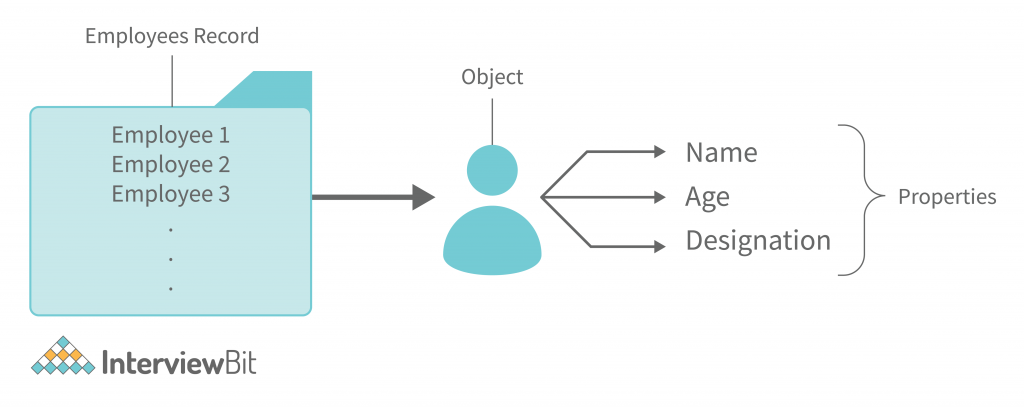
An example of an employee record is provided above where each employee can be viewed as an “object”. Since each employee has a name, age, and job function, these can be considered the “properties” of that employee.
Main features of object-oriented programming:
Let’s start by exploring the features
of object-oriented programming (
OOP):Object-oriented development (OOD):
The first characteristic
of object-oriented programming
is its emphasis on objects. The most basic form of OOP is when a developer defines objects. These objects can be used to define business rules, exchange data, and even control what happens in the programming environment. OOD is the process by which programmers create these objects. They create a blueprint that defines how these objects will behave when they interact with each other. This plane is called an interface. The blueprint is created by specifying the methods that an object can perform when interacting with other objects. These methods are often referred to as functions. Other aspects of the object that can be defined through the interface include properties, which are the attributes of the object that can be accessed by other objects. The interface between objects is not static. It can be changed by programmers to take into account new interactions between objects. This is the advantage of OOP: it allows programmers to expand and change their programs as needed.
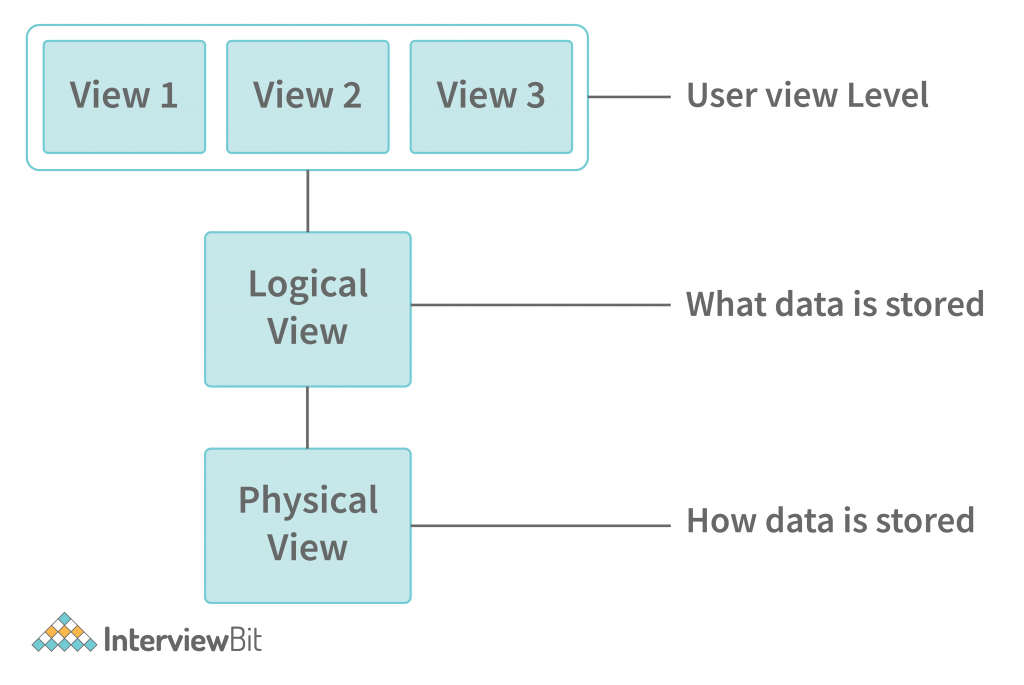
Encapsulation:
Another feature of OOP is that it emphasizes data encapsulation and functionality within objects. Objects are defined with specific functionality that governs interactions between objects. Data encapsulation is an extremely important aspect of OOP. This is because it prevents hackers from modifying the data stored in the database. If hackers can modify the data in the database, it could have disastrous effects on the organization. Encapsulation is the process by which programmers isolate data within the object. It prevents hackers from seeing the details of the data and the structure of the database itself. Data encapsulation and abstraction are the two main components of the OOP paradigm that improve security. They are essential to any programming framework intended to store sensitive data.
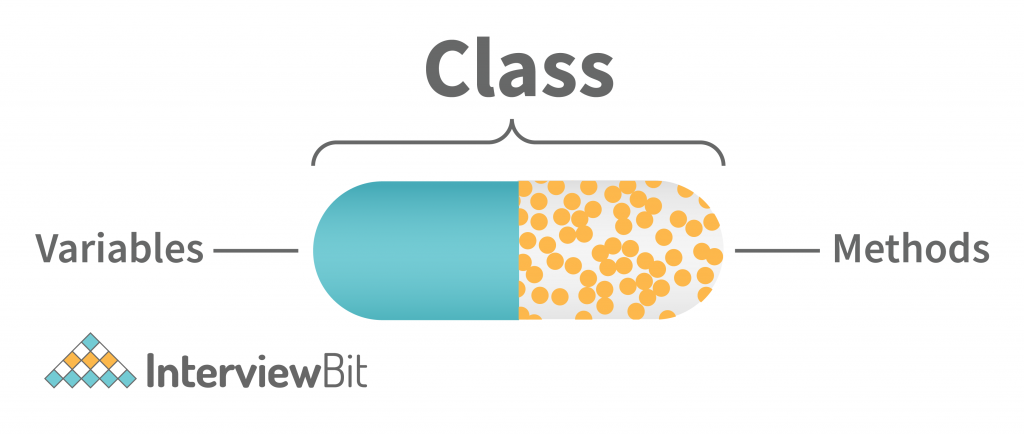
Abstraction: Next
, we have the abstraction feature. This is the process of creating reusable objects that are designed to standardize common business logic. An important part of abstraction is the way objects are used. They must be used consistently in many different applications. This helps standardize the logic and makes it easier to maintain in various programs. In addition to helping standardize logic and make it easier to maintain, abstraction makes it easier for others to use OOP in their programs. It encourages collaboration between different parties, making it easier to create programs that integrate disparate data sets and functionality. It is possible to create applications that are much more scalable and easy to maintain than traditional non-OOP applications. However, abstraction is essential to make this possible.
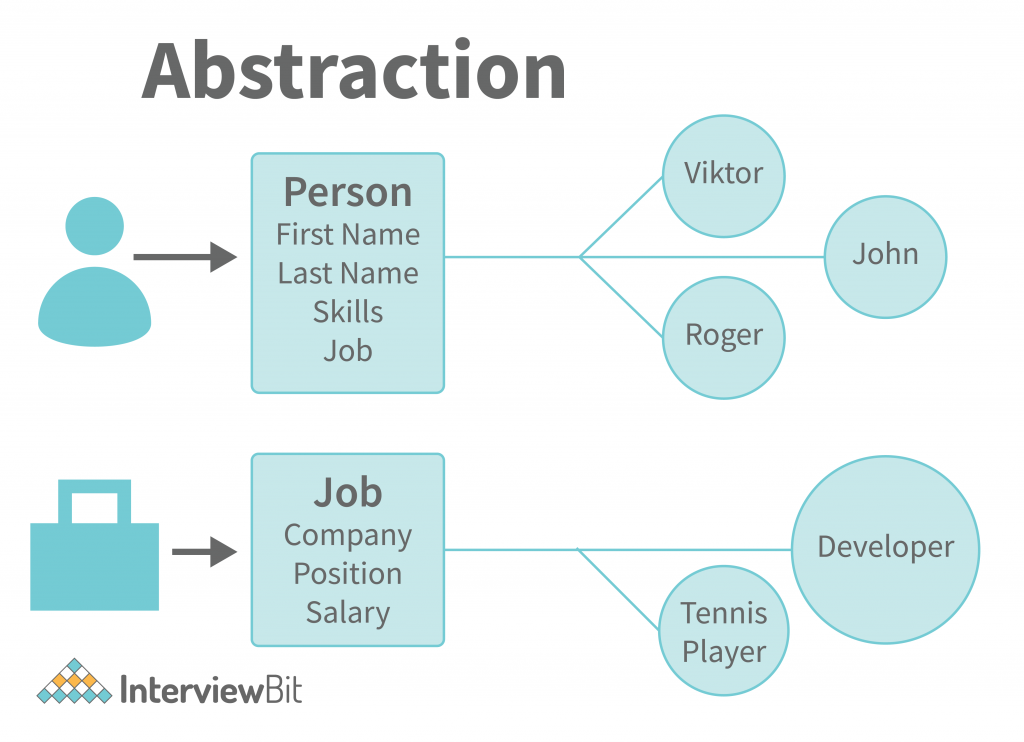
Classes and objects:
The next feature of object-oriented programming is the definition of classes. A class is where you define the blueprint for an object. The blueprint defines the methods, attributes, and other aspects of the object. Objects are created from classes. A class is also known as a blueprint for an object. Defines properties, methods, and other aspects associated with the object. Objects are created from classes. A class is essentially a blueprint for an object. Defines properties, methods, and other aspects associated with the object.
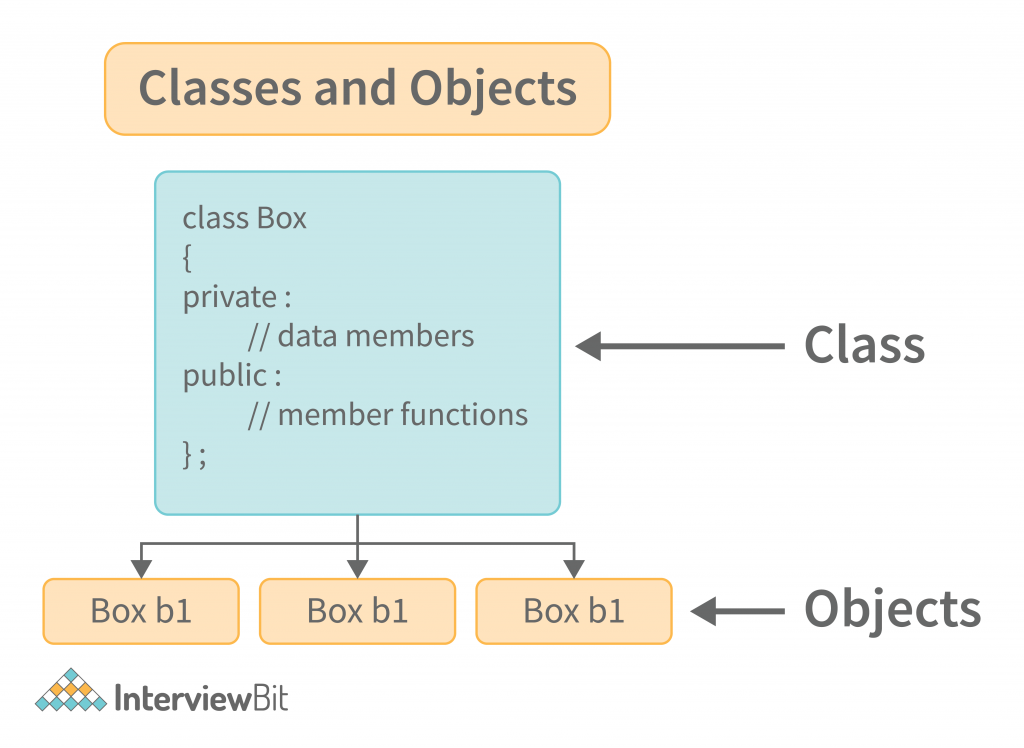
Inheritance and Composition
:
Another feature of OOP is inheritance and composition. Inheritance is the process of allowing one object to create another. It essentially allows an object to “inherit” the properties, methods, and other aspects of another object. Composition is the process of combining multiple objects to create a new, unique object. Basically, it allows programmers to reuse elements that are specific to other objects to create a new, unique object. Combining objects and inheriting their properties is one of the most important aspects of OOP. It is the way objects are created and used in any programming language. It is the foundation of OOP.
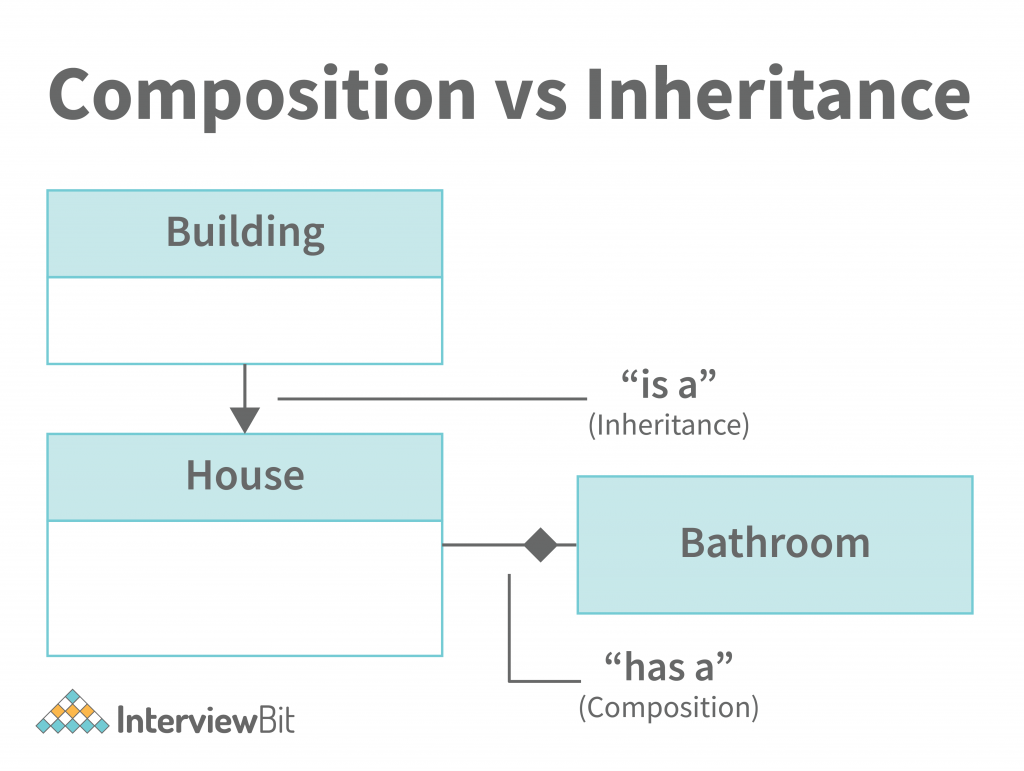
Binding:
Binding is the process of linking some property of an object to another object in the application. For example, you can bind a text box to the text property of a button so that when the button is selected, the value of the text box is set to what was entered in the text box. If you’re building a web application and you want a form to send data to the server, linking that form to a button will make it much easier to control and debug your code as it runs on the server. There are two types of link: dynamic link and static link. Dynamic binding occurs when the value of an object changes, causing the value of another property of an object to change. Static binding occurs when a property of an object is set directly, without changing another property. Static binding makes it very easy for developers to understand where their code is running in the application, as it gives them control over exactly what values are set in each property. On the other hand, dynamic binding can be more difficult because it allows you to change properties based on user input or other events within the application. Dynamic linking also has more chances of errors, as changing one property can lead to unexpected changes to other properties and even cause the application to crash if something went wrong during execution.
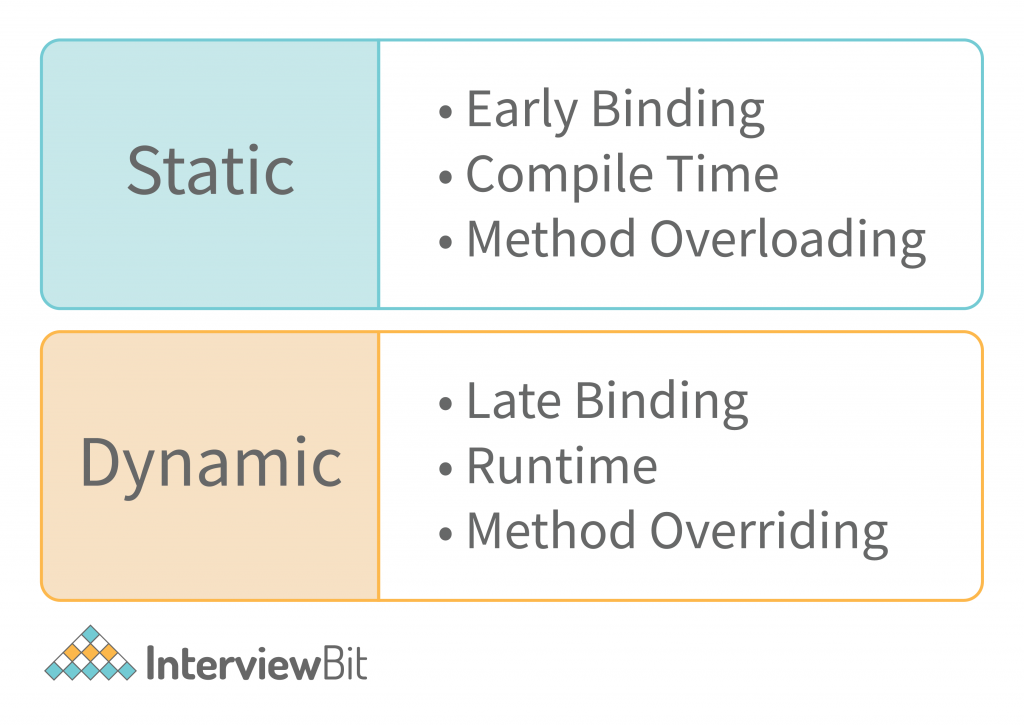
Message Passing:
The ability to pass data around a program is a very important aspect of object-oriented programming. The basic idea behind the data it passes is that each object keeps track of its own state, but also knows how to pass its state to other objects. When an object wants to send some information to another object, it can simply do so by calling the appropriate method on that other object. This allows objects to communicate with each other and build complex chains of objects together. One way objects can communicate is through message passing. Message passing is essentially the act of sending a message from one object to another. Each object has a specific “address” that other objects can use to send messages to them. When an object receives a message, it simply reads the message and does whatever needs to be done based on the message. In this way, the entire program can be made up of multiple objects that communicate with each other. With the passing of messages, it becomes much easier for programs to become more complex and for objects to interact with each other in interesting ways. Message passing is one of the most basic forms of communication in UNRWA, but it’s still an important concept to understand if you want to write more sophisticated programs.
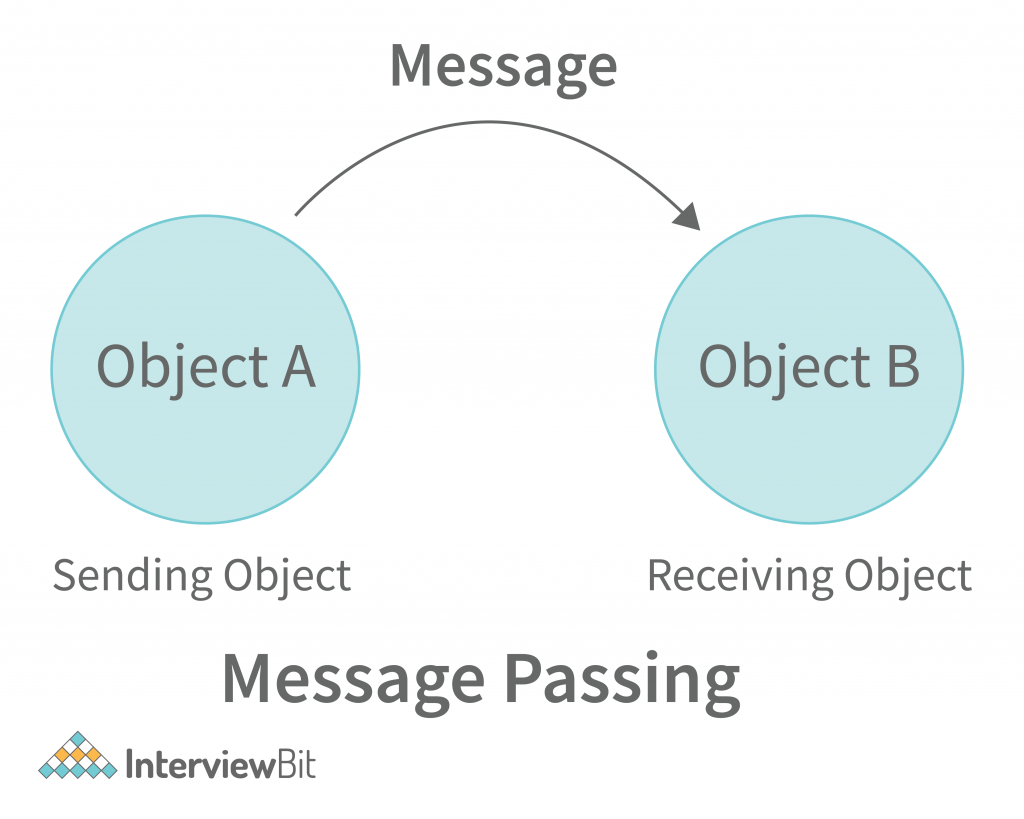
Conclusion
There are many reasons that make object-oriented programming so popular. These include better code quality, increased productivity, and increased maintainability. It’s also more scalable and easier to understand. However, there are a few main factors that make this programming paradigm so popular right now. These include the need for applications to seamlessly transition between desktop and mobile platforms, the demand for interactive and responsive interfaces, and the need for data-driven decisions. Now that you have a better understanding of what makes object-oriented programming so effective, it’s time to take the plunge and become an effective OOP programmer!
Additional Resources
- OOPs
- MCQ
- UNRWA
Interview Questions UNRWA Features UNRWA Principles
Applications

